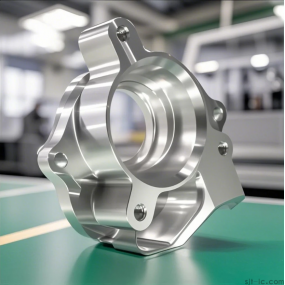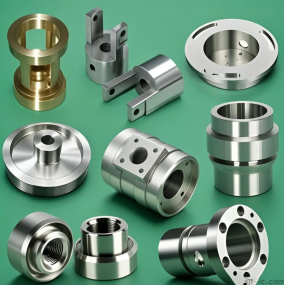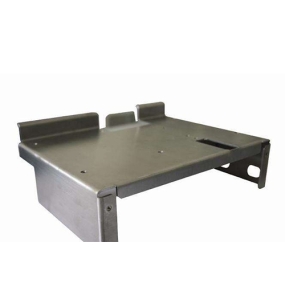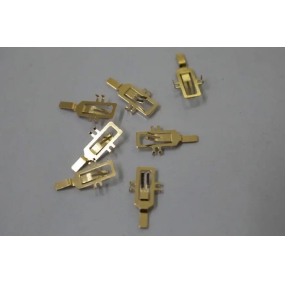If the oil pressure is lost, the warning light will light up, and continuing to drive will cause fatal harm to the engine.
Adjustment of oil pressure
Oil pumps are classified based on their stable oil discharge capacity, which means that the maximum pressure must be limited by a pressure reducing valve. If a pressure reducing valve is not used, the system pressure will rise to a dangerous level, which may cause engine damage.
The oil pressure reducing valve is composed of a valve or ball and a coil spring. The engine oil is sucked in through the filter and sent to the oil filter. When the fuel supply pressure increases with the engine speed, the pressure reducing valve opens. At this time, the engine oil enters the inlet side through a bypass from the outlet side to maintain the specified pressure. Due to the highly accurate stiffness value of the spring used on the pressure reducing valve, the maximum pressure of the oil pump can be guaranteed. If the stiffness of the spring increases, the oil pressure will also increase accordingly. But the oil discharge of the pump will not increase.
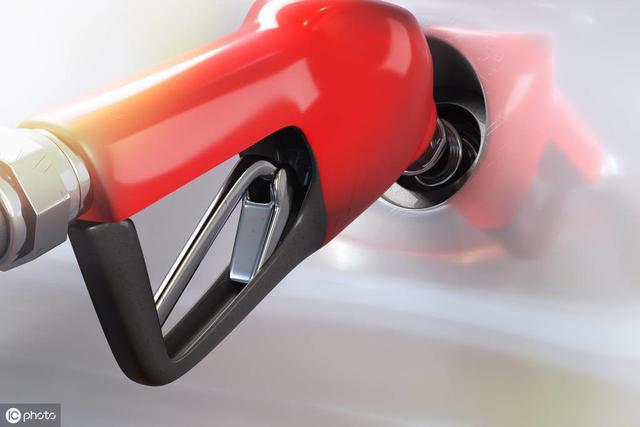
In addition, the following factors also affect the engine oil pressure:
1. The speed of the oil pump and the oil pressure increase with the acceleration of the speed;
2. The viscosity of the oil, the higher the viscosity of the oil, the higher the oil pressure;
3. The clearance between oil and bearings can hinder the pressure increase of the oil pump. When the bearing wears out, it is difficult to form appropriate pressure.
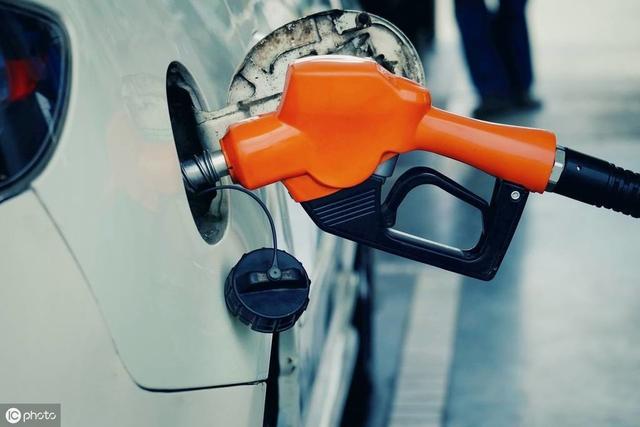


 Spanish
Spanish Arabic
Arabic French
French Portuguese
Portuguese Belarusian
Belarusian Japanese
Japanese Russian
Russian Malay
Malay Icelandic
Icelandic Bulgarian
Bulgarian Azerbaijani
Azerbaijani Estonian
Estonian Irish
Irish Polish
Polish Persian
Persian Boolean
Boolean Danish
Danish German
German Filipino
Filipino Finnish
Finnish Korean
Korean Dutch
Dutch Galician
Galician Catalan
Catalan Czech
Czech Croatian
Croatian Latin
Latin Latvian
Latvian Romanian
Romanian Maltese
Maltese Macedonian
Macedonian Norwegian
Norwegian Swedish
Swedish Serbian
Serbian Slovak
Slovak Slovenian
Slovenian Swahili
Swahili Thai
Thai Turkish
Turkish Welsh
Welsh Urdu
Urdu Ukrainian
Ukrainian Greek
Greek Hungarian
Hungarian Italian
Italian Yiddish
Yiddish Indonesian
Indonesian Vietnamese
Vietnamese Haitian Creole
Haitian Creole Spanish Basque
Spanish Basque

